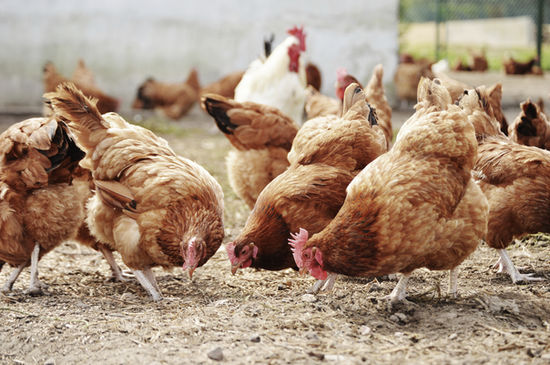WHY?
Animal welfare is a key element of a sustainable food system
Globally, more than 94.4 billion terrestrial animals are raised and slaughtered annually to produce meat, dairy, and eggs. At this scale, there are a significant number of impacts that financial institutions must consider before investing in the industry. Livestock production is associated with a wide range of poor animal welfare risks that trickle through the entire food supply chain.
Additionally, the sector is responsible for other negative impacts such as man-made greenhouse gas (GHG) emissions, which are bringing about climate change, increasing biodiversity loss, deforestation, antibiotic resistance, and zoonoses. Financial institutions can leverage their power to prevent and mitigate these risks and support sustainable solutions that respect animal welfare, planetary boundaries, and public health.
Global awareness of the behavioral needs of farm animals and their overall welfare has increased among the public, private industry, and policymakers. Higher animal welfare standards are becoming the norm due to market/consumer demands, legislation, and emerging science.
Strong animal welfare practices should be part of the baseline of a sustainable food system.

Adopting strong animal welfare policies could lead to:
-
Less animal suffering in agricultural systems
-
Enhanced risk mitigation
-
Enhanced return potential
-
Improved alignment with ESG/sustainability efforts
=
animal welfare
return
risk
so why not?

Poor welfare practices leads to material risks
Financial institutions' investees, portfolio companies and loan recipients should have strong animal welfare policies. Poor animal welfare policies could lead to or demonstrate:
Regulatory compliance issues
Regulations around the world are requiring higher welfare systems
Loss of product quality
Animal welfare is closely tied to product quality
Reputational damage
Brands are damaged when they're associated with animal cruelty
Loss of market access
Some markets require higher welfare standards
Loss of consumer fidelity/support
Consumers want and are willing to pay for higher welfare products
Poor governance practices
Low welfare = poor supply chain traceability and management
Farm animal welfare business case resources

Animal welfare aligns with the SDGs
The 2030 Sustainable Development Goals (SDGs) were agreed by the members of the United Nations in 2015. They state: “We are determined to take the bold and transformative steps which are urgently needed to shift the world on to a sustainable and resilient path."
Care for animal welfare helps to achieve benefits for all the pillars of sustainability: economic, environmental and social. Industrial animal agriculture will make it very difficult to meet the following SDGs:











